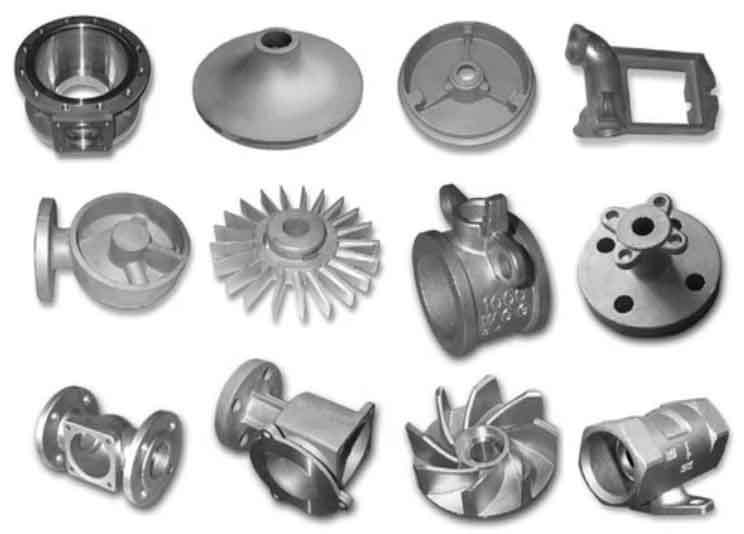Casting parts offer several advantages that make them highly desirable in various industries. Here are some key advantages of casting parts:

- Design Freedom and Complexity: Casting allows for the production of complex and intricate shapes that may be difficult or even impossible to achieve through other manufacturing methods. The molten material can flow into detailed molds, creating parts with intricate features, thin walls, undercuts, and internal cavities.
- Strength and Durability: Casting parts are known for their excellent strength and durability. The solidification process of molten material results in a solid structure with high integrity and structural integrity. This makes casting parts suitable for applications requiring high load-bearing capacities and resistance to wear, corrosion, and extreme temperatures.
- Cost-effectiveness: Casting is a cost-effective manufacturing method for producing parts in large quantities. The ability to produce multiple parts in a single mold reduces the cost per unit. Additionally, casting minimizes material waste as excess material can be reused for subsequent castings.
- Versatility in Material Selection: Casting can be performed with a wide range of materials, including metals, alloys, and even some non-metallic materials like ceramics. This versatility allows for the selection of materials with specific properties such as strength, heat resistance, corrosion resistance, and electrical conductivity, based on the requirements of the application.
- Size and Weight Flexibility: Casting can be used to produce both small and large-sized parts. From small intricate components to massive industrial equipment, casting offers flexibility in size and weight requirements. The process can be easily scaled up or down to meet the desired specifications.
- Reduced Assembly and Joining Processes: Casting often allows for the production of complex parts in a single piece, reducing the need for assembly and joining processes. This minimizes the risk of weak points or failure at joints, enhancing the overall integrity and reliability of the part.
- Shorter Lead Times: Casting can be a time-efficient manufacturing method, especially for high-volume production. Once the molds are prepared, the casting process can be repeated quickly, resulting in shorter lead times compared to other manufacturing methods.
- Replication Accuracy: Casting allows for high replication accuracy, ensuring that each cast part is consistent and meets the required specifications. This is particularly important for parts that need to fit together or be interchangeable.
The advantages of casting parts, including their strength, complexity capabilities, cost-effectiveness, and versatility in material selection, make casting a preferred manufacturing method in various industries. These advantages contribute to the production of high-quality, durable, and reliable components for a wide range of applications.
